Coordinated care at bedside makes HCAHPS impact

“Emphasis should be placed on breaking down silos and working together, patients don’t know how connected we are in care delivery…we need to do a better job of explaining the communication process to the patient. They can’t be sure unless we tell them.”
-Christy Dempsey, MSN, RN, MBA, CNOR, CENP, Chief Nursing Officer, Press Ganey
Cleveland Clinic is a non-profit academic medical center. Advertising on our site helps support our mission. We do not endorse non-Cleveland Clinic products or services. Policy
Three cardiovascular step down units on Cleveland Clinic’s main campus recently achieved Tier 1 status as high performing units on the Press Ganey employee engagement survey. The units are led by Nurse Manger Josalyn Meyer, BSN, RN, NE-BC, and Assistant Nurse Manager George Rouse, BSN, RN.
Tier scores are based on a subset of survey items known as “Power Items,” which have shown to be key influencers of engagement in Press Ganey’s national database and differentiators in terms of work unit performance.
One cardiovascular step down unit scored especially well on one item: “Different work units work well together in this organization.”
“We have done a lot over the years to support professionalism in nursing staff as it relates to working with physicians,” says Meyer.
Starting with the Clinical Cardiology service and now expanded to other services within the Sydell and Arnold Miller Family Heart & Vascular Institute, the bedside rounding program features a telephone based physician-nurse communication during which both caregivers (and others) meet with the patients. A singular message regarding the plan and goals of care can then be communicated to the patient. This provides clarity and uniformity and minimizes confusion among team members. This is a jointly decided plan of care where nursing input is sought, questions are addressed, and the patient’s anticipated schedule for the day is outlined. Participation of the patient and the patient’s family also is sought and encouraged.
This rounding extends to many care providers including, but not limited to, those in phlebotomy, radiology, environmental services, occupational and case management.
“Nurses have to be collaborative with every discipline,” says Rouse. “The patients depend on us, and we have to depend on each other. From our physician colleagues to lab and pharmacy…when you don’t have honest, collaborative working relationships, your day is rough – and our patients feel that.”
This purposeful plan has contributed to improved Hospital Consumer Assessment of Healthcare Providers and Systems (HCAHPS) scores within the Communication domain.
Prior to the implementation of the bedside rounding program, the nursing units had combined HCAHPS scores of 81.6% for nurse communication and 81.3% for doctor communication. As this initiative became integrated, the three nursing units demonstrated a steady increase in HCAHPS scores with year to date reflecting a 6.1% increase (87.7%) for nurse communication and a 3.2% increase (84.5%) for doctor communication.
Given the tremendous success of this initiative, it was introduced to the remaining Heart & Vascular Institute step down units totaling 12 in all. Combined HCAHPS scores for Nurse Communication were 79.2% and Doctor Communication, 82.1%. Year-to-date scores for 2014 demonstrated an 8.7% increase (87.9%) for Nurse Communication and a 7.3% increase (89.4%) for Doctor Communication.
Rounding at the bedside as a healthcare team impacts many other aspects of overall patient care and satisfaction, including Medication Communication and Pain Management. Combined January 2013 HCAHPS scores for the 12 specialty units prior to the rounding rollout for Medication Communication was 64.6% and Pain Management 71.9%. Year-to-date HCAHPS scores for 2014 showed an increase of 11.3% for Medication Communication (75.9%) and a 7.4% increase for Pain Management (79.3%).
“We soon realized through establishing a joint physician nursing bedside rounding program, we would achieve a daily opportunity to mutually strategize and communicate the plan and goals of care to the patient and family with all caregivers present,” says Curtis M. Rimmerman, MD, MBA, CPE, Gus. P. Karos Chair and staff cardiologist in the Robert and Suzanne Tomsich Department of Cardiovascular Medicine at Cleveland Clinic.
“It’s important to be a united front for the patient’s plan of care. It cuts down in patient perception that the left hand doesn’t know what the right is doing,” says Meyer. “The daily habit also reduces pages, uncertainty in the work day and creates teaching moments. It’s very helpful for all of us, but especially the bedside nurses.”
“When I was a staff nurse, one of the things that I feared most was talking to a physician,” says Meyer. “I remember sitting in the break room with the door shut nervous to call about something menial like a lab value. Now the opposite occurs on our unit. There is collaboration and respect. New nurses step forward in the middle of rounds and pose questions to our doctors and offer their insights—being fearless with it. That was not the culture before.”
Implementing and sustaining a successful physician-nurse rounding program takes effort and commitment from all members of the healthcare team, including hospital leadership. Most importantly, this process truly allows for the patient to be at the center of everything while permitting all caregivers to deliver on the promise of world-class care.
Photos ©Russell Lee
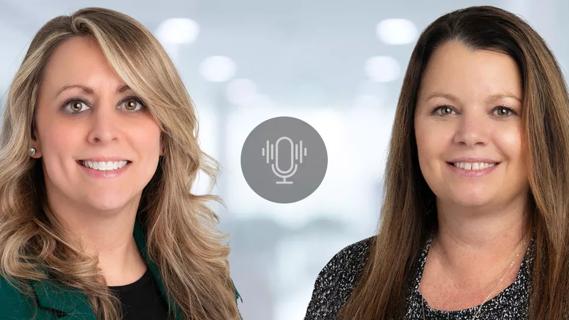
Nurses play pivotal role in patients’ ability to recover in the comfort of their own homes

Advocating for patient safety is imperative in fast-paced surgical settings

Advice for those pursuing a WOC nursing career
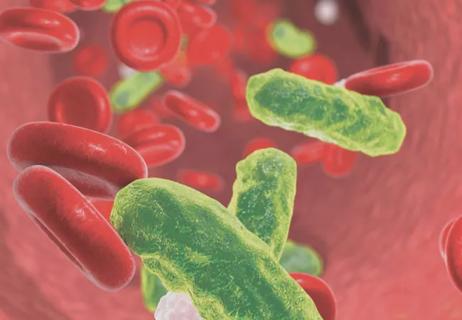
Redesigned protocols enhance infection-prevention measures
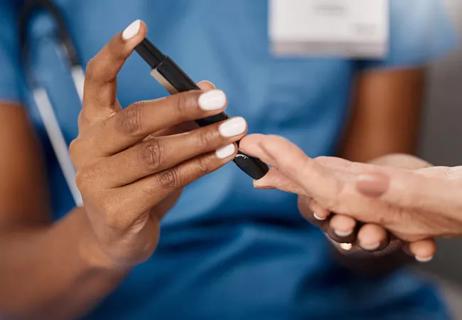
Longevity in healthcare, personal experiences may provide caregivers with false sense of confidence
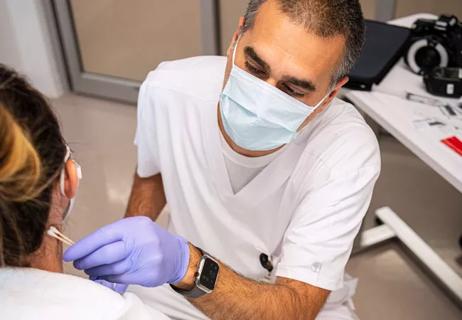
Specialized team prioritizes trauma-informed care and evidence collection

Collaborative approach leans on expertise of nurses
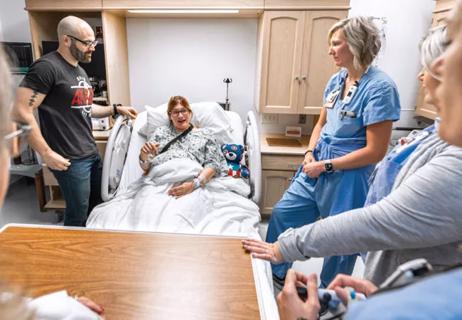
TeamBirth aims to improve outcomes by facilitating collaboration between patients and caregivers